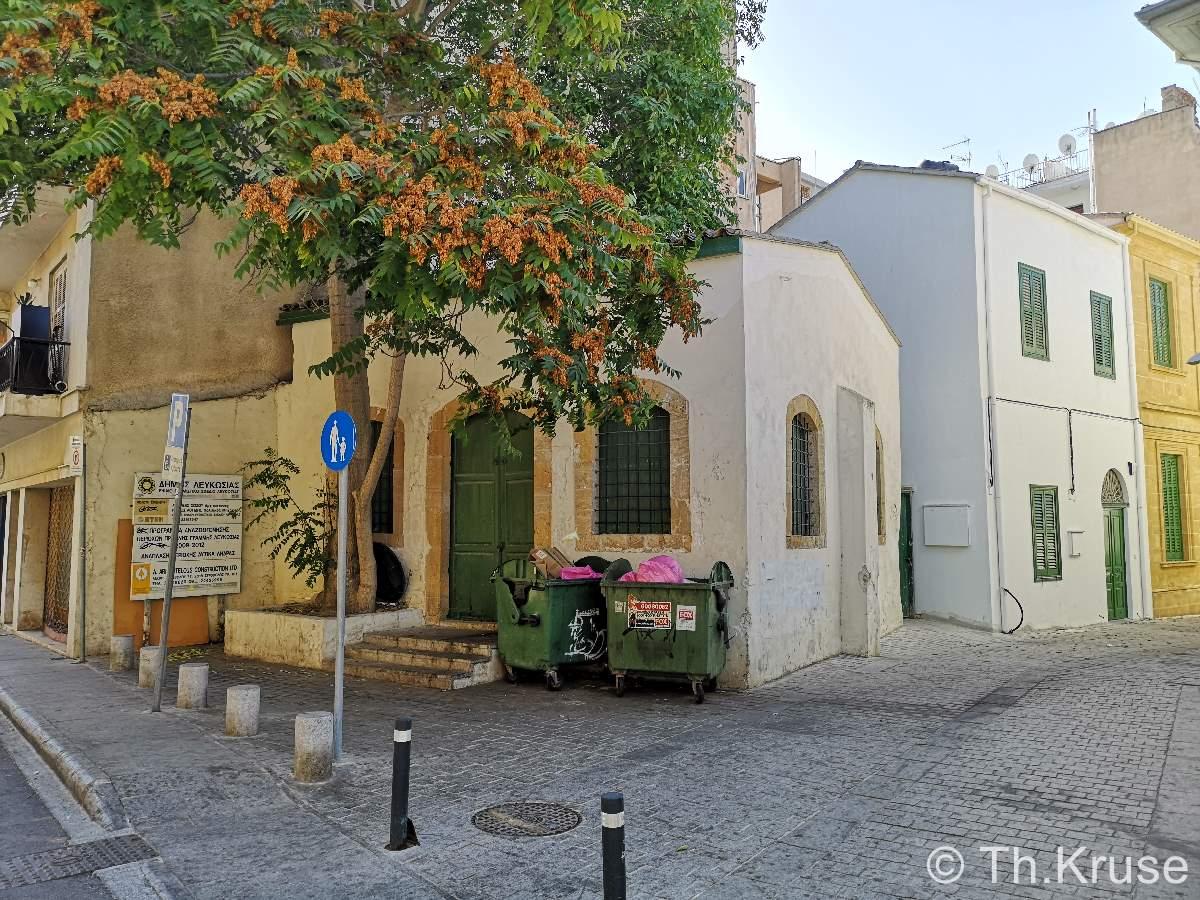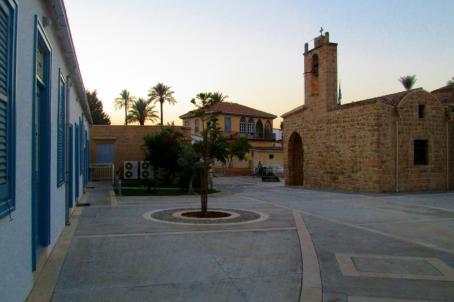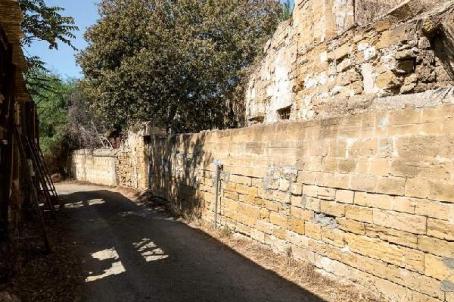Nicosia Taht el-Kale Mosque

Compared to other mosques in the central area of Nicosia, Taht el-Kale Mosque is a relatively new one, as it was only built in the years 1826-1827 together with an adjacent Quran school (madrasa). The new building replaced a dilapidated mosque on the same site, which had been built just after the Ottoman capture of the city. It is located in a quarter bearing the same name.
About this building
This quarter, which was heavily affected by the intercommunal strife, was one of the biggest mixed neighbourhoods of Nicosia. As Ahmet An stated, the Turkish Cypriot inhabitants had to leave the quarter twice: For the first time in 1958 and for the second time in 1963. After this second displacement, they never returned and the mosque was closed. Various repairs have been undertaken in the past: two major repairs were made at the end of the 19th century under the British administration. In 1936, the minaret was demolished, as it had been in danger of collapsing for years. It was not until 1948 that a call for tenders was issued for the new minaret, which was completed in 1949. In 1975, a partial restoration was carried out and, between 2003 and 2004, both the small madrasa and the mosque were restored.
For more information on this building visit https://www.cyreligiousheritage.org/districts/Nicosia/village/65





